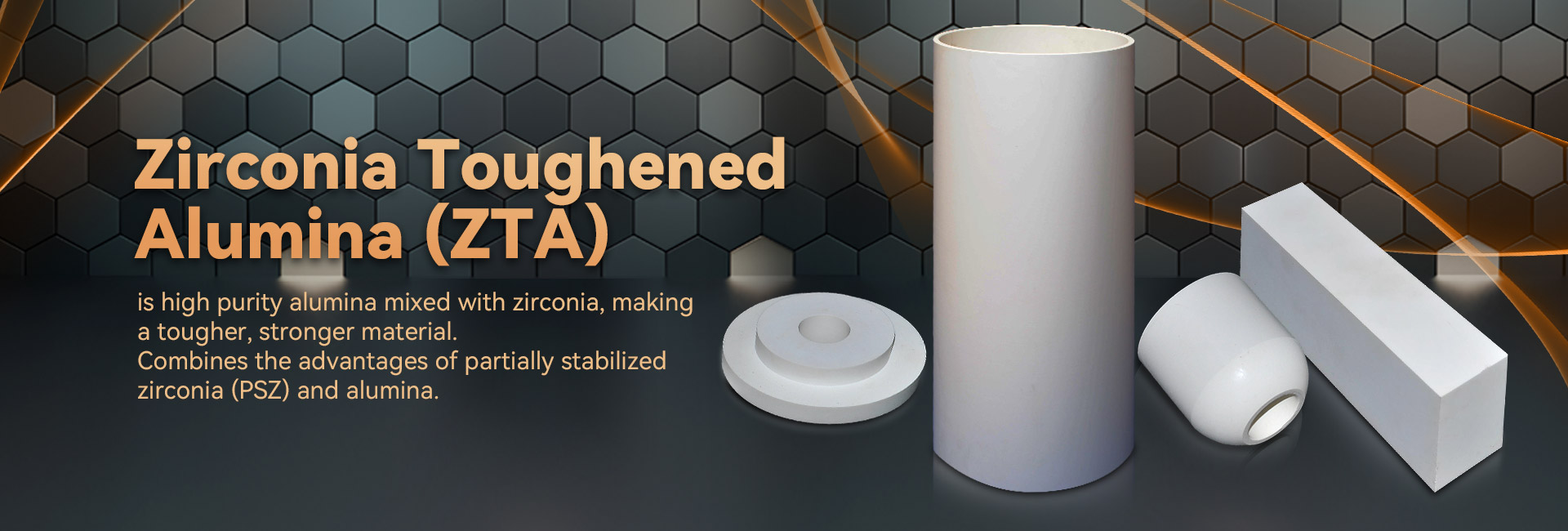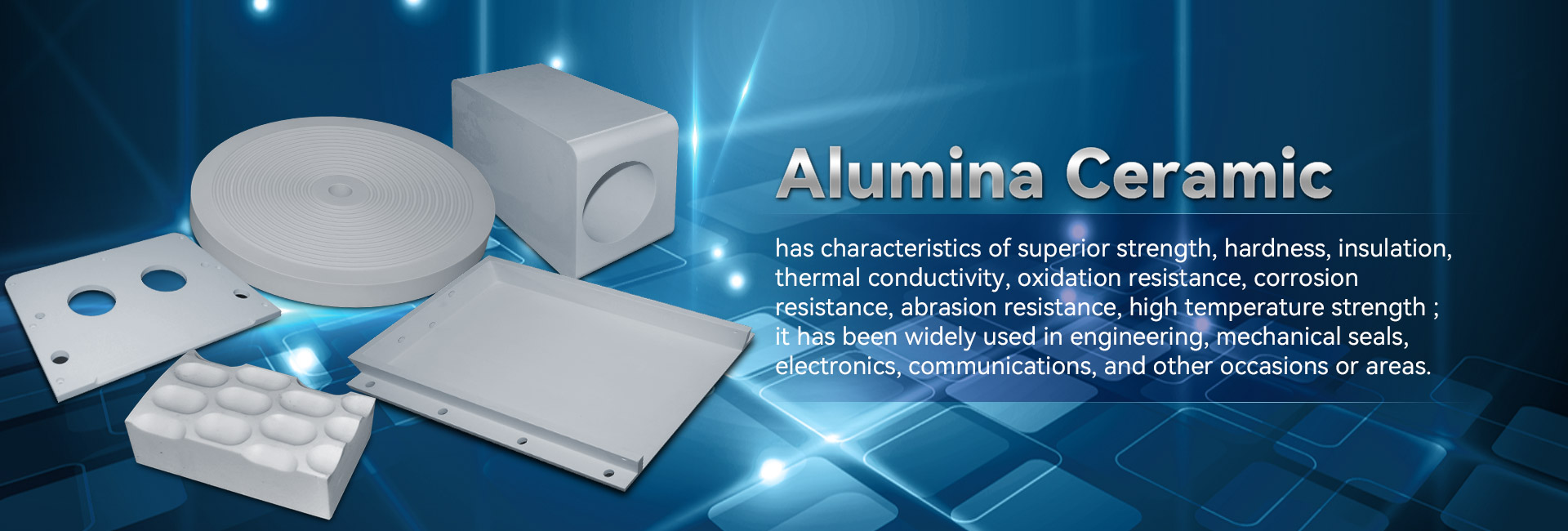
Advanced material possess unique morphological essences, positioning them fit for a extensive array of applications. Deriving from aviation and automotive to technological devices, these composites are continually transforming to comply alumina ceramic with the demands of a innovative market.
- Their robustness and fortification to severe atmospheres make them necessary for top-tier systems.
- Besides, technical ceramics yield strengths in terms of longevity, boosting the development of novel technologies.
Crafting Elements: Assembled for Enhanced Operation
Created ceramics excel in challenging deployments due to their unparalleled elements. Crafted from carefully picked raw components and going through rigorous processing techniques, these cutting-edge ceramics demonstrate remarkable toughness, corrosion resistance, and endurance to severe heat, chemical attack, and wear. From aviation components to machining tools, industrial ceramics provide unmatched capability across numerous domains. Their flexibility allows enduring severe settings, certifying endurance and soundness. As improvement progresses, the requirement for quality products grows, cementing the pivotal job of industrial ceramics in shaping a enhanced future.
Leading-Edge Ceramics: Breaking Substrate Thresholds
Composites, showing notable durability and resilience, are undergoing a metamorphosis. Pioneering ceramics, designed with diligent control over their structure and fine structure, breaking the constraints of the total of possible. These ceramics present a vast assortment of facets, substantially aiding them advantageous for demanding territories such as orbital, biomedical, and energy. From low-weight parts that bear extreme climatic environments to body-friendly implants that meld fluidly with the human body, advanced ceramics are redefining our surroundings.
Precise Ceramic Engineering: Accomplishing Rigid Criteria
Functional ceramic fabrication has grown remarkably in recent epochs, empowering the formulation of elaborate and highly efficient ceramic items. These modules are vital across a wide range of industries, including orbital, therapeutic, and technological domains. Satisfying the specialized parameters for these functions calls for meticulous fabrication approaches that maintain dimensional exactness, surface finish, and material essentials. Innovative ceramic fabrication processes utilize manifold methods, including slip casting, injection molding, and additive manufacturing. These approaches enable the construction of sophisticated structures and fine traits with unmatched reliability. Besides, advances in material research have yielded new ceramic structures endowed with superior traits. These composites show increased endurance, survivability, and tolerance to extreme environmental conditions, granting their use in exacting sectors.
The chances for accurate ceramic fabrication are immense. As studies and advancement proceed, we can predict even more advanced processes and substances that will again increase the thresholds of what is doable in this domain.
Top-Performing Ceramic Materials for Intense Locales
Ceramic forms exhibit extraordinary resilience and safeguards against challenging settings, making them optimal for exacting ploys in defense spaces. These state-of-the-art ceramics can survive intense thermic loads, oppose damage, and sustain their structural integrity under demanding mechanical burdens. Their distinctive mineralogical characteristics make possible reliable output in harsh situations, including industrial furnaces, combustion engines, and atomic reactors.
- Specialized ceramic compounds
- Heat tolerance
- Optimized lightness
Composite Ceramics: Uniting Durability and Applicability
Engineered composites deliver a attractive mix of mechanical durability and distinct particular attributes. Through the merging of ceramic fragments within a foundation, these structures achieve impressive strengths. This merge results in heightened withstandability against high climatic environments, wearing, and chemical degradation, rendering them suitable for rigorous uses in outer space, automobiles, and resources domains. Furthermore, ceramic composites are designed to possess exclusive properties like electrical conductivity or biocompatibility, enlarging their applicability across diverse fields.
Nanostructural Administration in Cutting-Edge Ceramics
Accomplishing preferred qualities in high-tech ceramics regularly requires detailed manipulation over their small-scale organization. Multiple refinement conditions, including sintering thermal exposure, period, and atmosphere, alongside the combination of dopants or auxiliary phases, considerably determine the structure of clusters, interstices, and other microstructural features. Rigorous adaptation of these elements allows for the improvement of resilience, fracture resistance, and heat transfer conductivity. Exemplifying, lifting the sintering heat level can promote grain enlargement, thus increasing thickness and improving mechanical load-bearing capacity. Conversely, handling the firing atmosphere may modify the oxidation degree of the ceramic, thereby influencing its electrical current flow or magnetic features. Appreciating these relationships between microstructure and properties is paramount for fabricating advanced ceramics with designed ability suitable for broad applications.
Erosion-Resistant Ceramics: Boosting Resilience
Across heavy-duty manufacturing sectors, where modules are submitted to to constant abrasion and damage, articles with outstanding wear resistance are paramountly vital. Wear-resistant ceramics have emerged as a prime answer, granting unparalleled endurance and output in numerous areas such as assembly, mining, and aerospace. These modern forms possess a distinctive configuration that elevates their power to oppose wear. By exploiting the basic sturdiness and solidity of ceramic structures, engineers can manufacture sturdy elements capable of withstanding the most challenging operating environments.
Bio-Inert Composites: Implementations in Health Industry
Health-safe ceramics have changed the therapeutic domain, furnishing an array of positive attributes for many functions. These substances are non-toxic within the living system, minimizing inflammatory responses and encouraging regeneration. A prime function for biocompatible ceramics is in skeletal implants, where their sturdiness sustains long-lasting foundation to damaged cells.
Moreover, they are employed in dental restorations, yielding a sturdy and visually appealing solution for oral reconstruction. Ceramics also hold a key responsibility in drug administration, facilitating the pointed dispensary of drugs to specific regions within the human system.
- Over and above, biocompatible ceramics are more often being scrutinized for wound care, serving as a platform for cell growth.
- For that reason, the prospect of biocompatible ceramics in biomedical fields looks optimistic, with continual investigations expanding their roles.
Precision Ceramic Sensors: Improving Precise Assessments
Innovative ceramic sensors have emerged as critical units across a varied array of subjects. These gadgets capitalize on the unique properties of ceramic substances to deliver highly reliable assessments. Their sturdiness in {demanding|harsh| 